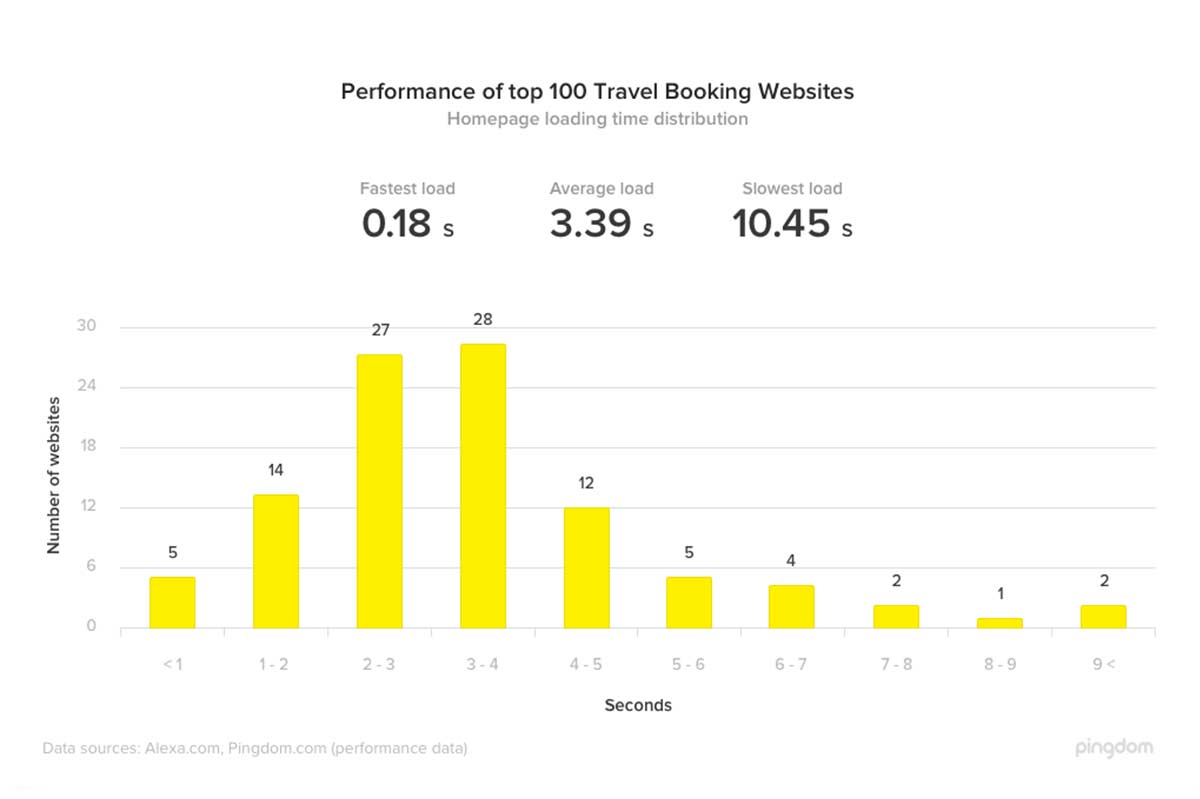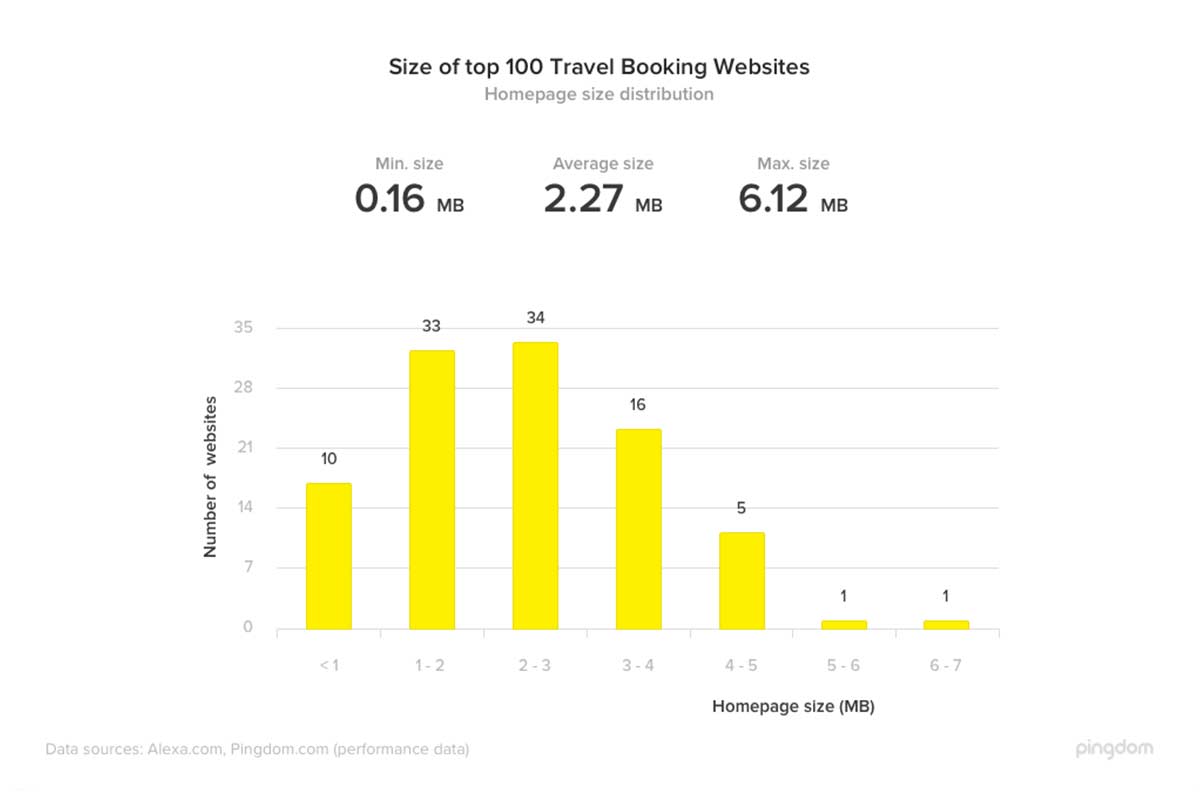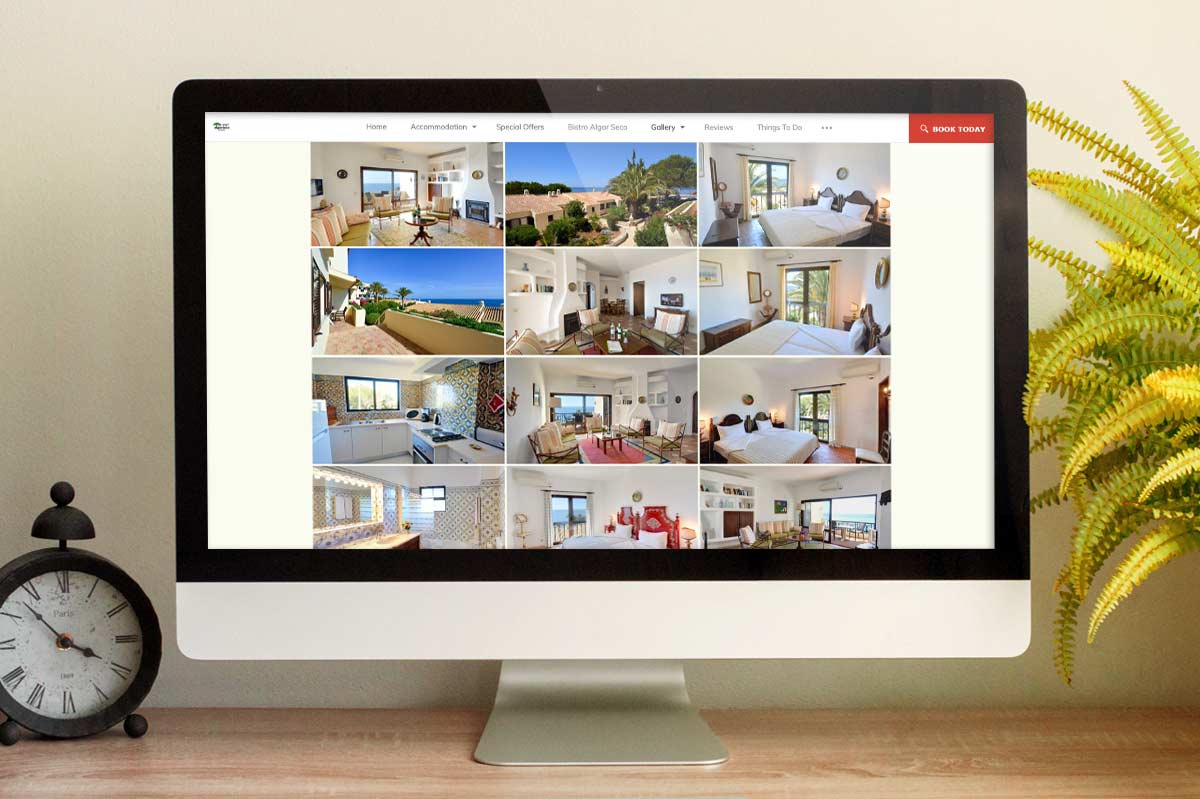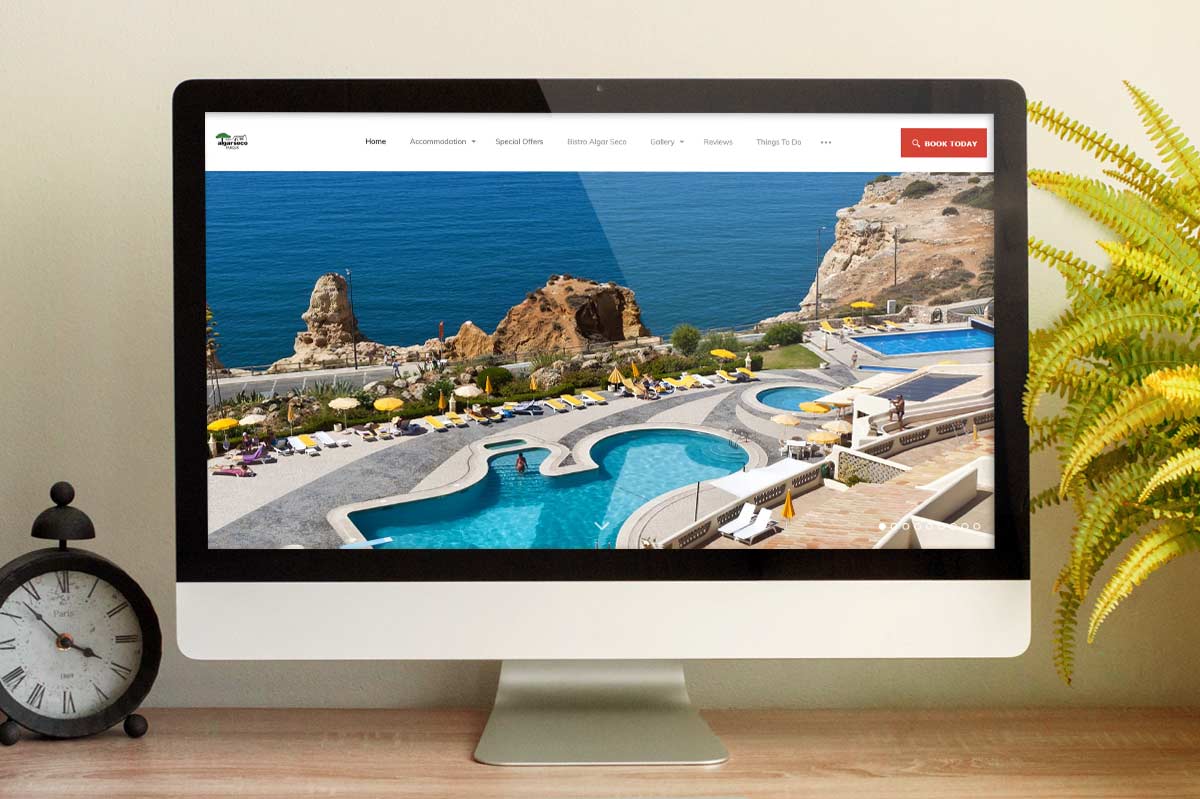3 Ways to Increase Your Website Speed
Article Highlights
- Your website speed impacts your bounce rate and SEO rankings
- 40% of people will leave a website that takes more than 3 seconds to load
- The average homepage for travel websites loads in 3.39 seconds
- Increase your website speed by optimizing images, using a simple design & setting up cache
As technology improves, we have become less patient. Today, we expect to find the information we’re looking for in seconds. We want websites to load quickly, regardless of which device we’re using, and if they don’t, we will leave.
Just how impatient are we? According to Kissmetrics, 47% of consumers expect a webpage to load in 2 seconds or less and 40% of people will abandon a website that takes more than 3 seconds to load. So, if your website is too slow, it’s costing you money.
Slow load times can cost you before someone even reaches your site. That’s because Google includes page speed in its ranking algorithm. Websites that don’t load quickly will appear lower in search results.
Average Website Speed in the Travel Industry

As part of its study, Pingdom looked at the size of each homepage and found that the average was 2.27 MB. The smallest homepage size was 0.16 MB and the largest was 56x lager at 6.12 MB.

You can see how your hotel website matches up by running a test through Google’s WebPagetest. If your website is ranking significantly lower than the industry average then your website is due for an update. Here are 3 easy fixes to start with to improve your website’s speed.
1. Optimize Images
Your homepage should lead with high-quality images to capture attention, but they can drag down your site speed. If you aren’t displaying them in full size then you should scale them appropriately to reduce your page load times. For example, an image that is 1000 x 1000 pixels but is only displayed at 100 x 100 pixels needs to load 10x more than necessary, which impacts load times.

Optimize your images by uploading images that are the same size as they will be displayed
2. Use a Simple Website Design
A simple website design has the added benefit of improving the User Experience (UX) for travel shoppers. Simple website designs are consistently rated as more desirable than their visually complex counterparts. When too much is going on, travel shoppers find it difficult to locate the information they’re looking for and become frustrated. A simple design will enable visitors to navigate your website more efficiently, and find the booking engine faster.

A simple website design can improve your website speed and drive travel shoppers to your booking engine
3. Enable Caching
Once your website is setup for caching, visitors will store the elements of your website on their hard drive in a cache or temporary storage. The next time they visit your site, their browser can load the page without needing to send all those HTTP requests to the server.
Tip of the Iceberg
Thankfully, Vizlly’s websites already include all three of our best practice tips and many more. Request a demo today to see how a Vizlly-powered website can help your hotel drive more direct bookings at a lower cost.

